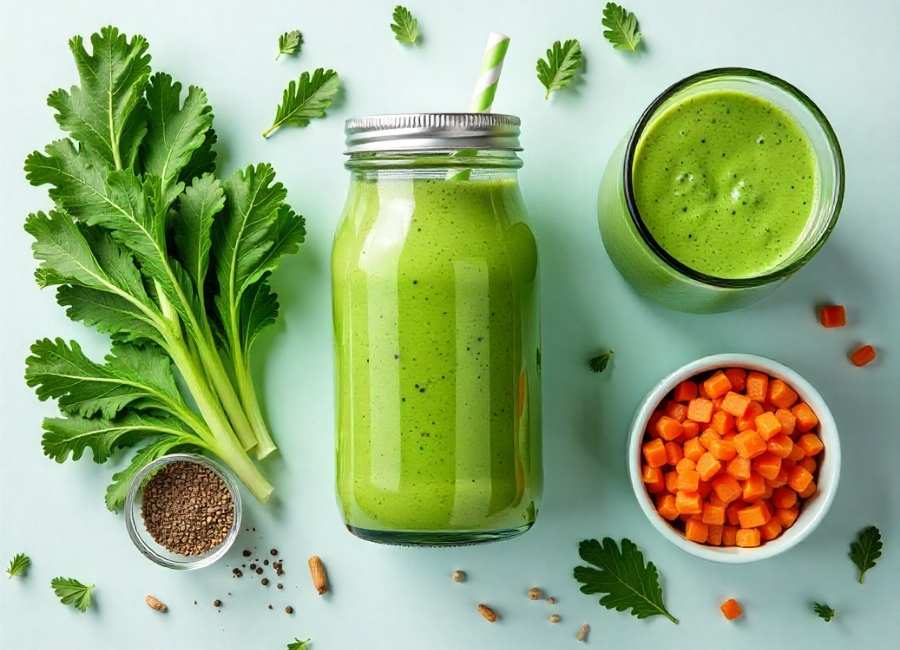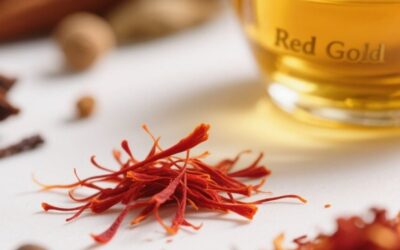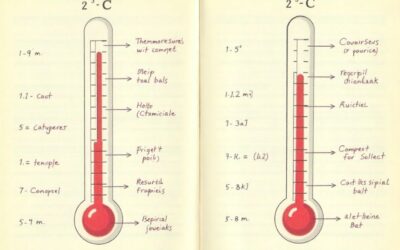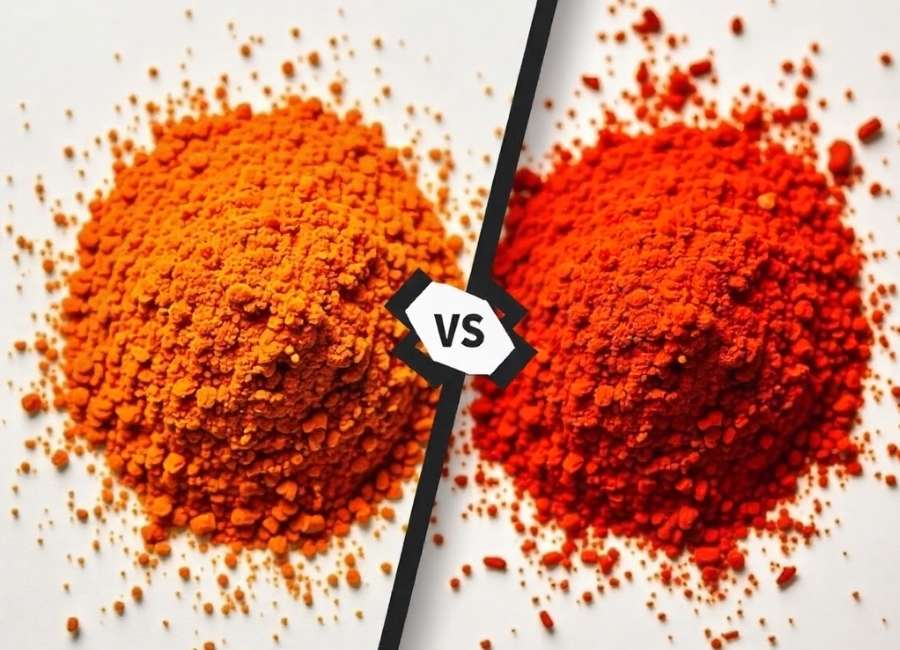Standing in the spice aisle, staring at two nearly identical jars of red, fiery flakes, you might wonder if chili flakes and crushed red pepper are just different names for the same thing. The confusion is understandable—both add heat and flavor to your favorite dishes, and they look remarkably similar at first glance.
But here’s the thing: these two spice staples aren’t interchangeable, despite what many home cooks believe. Understanding their unique characteristics can transform your cooking, helping you choose the right heat level and flavor profile for every dish.
Whether you’re trying to replicate that perfect pizza parlor sprinkle or add authentic heat to your homemade pasta sauce, knowing when to reach for chili flakes versus crushed red pepper makes all the difference. Let’s break down everything you need to know about these popular seasonings.
What Are Chili Flakes?
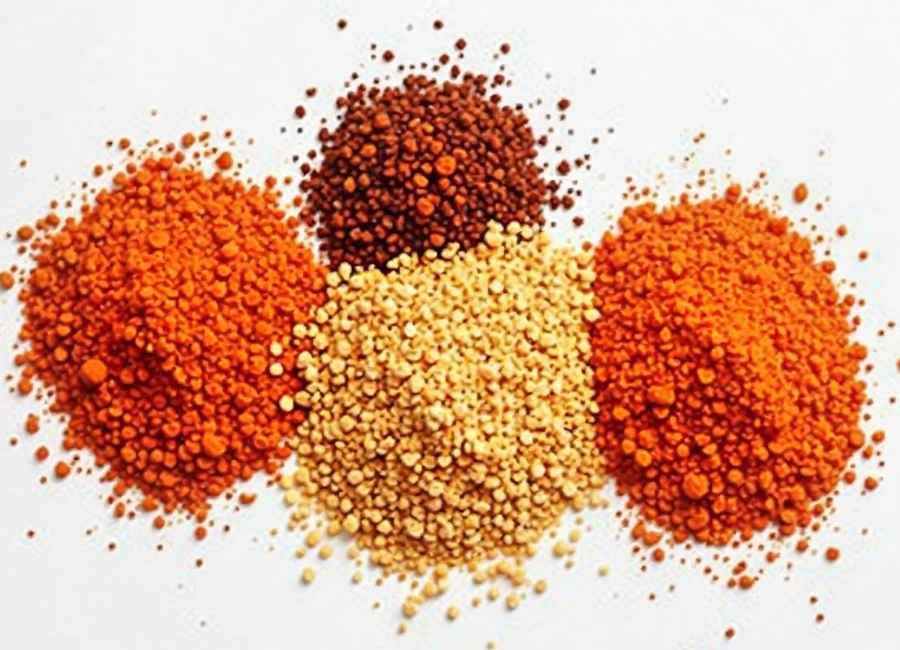
Chili flakes are dried pieces of specific chili peppers that have been crushed or chopped into small, irregular pieces. Unlike their more generic counterpart, chili flakes typically come from a single variety of pepper, which means you get a more predictable and consistent flavor profile.
The most common types of chili flakes include:
- Aleppo pepper flakes: Fruity and moderately hot with a slightly sweet finish
- Chipotle flakes: Smoky and earthy from jalapeños that have been smoked and dried
- Gochugaru: Korean red pepper flakes with a sweet, smoky flavor and vibrant color
- Calabrian chili flakes: Italian peppers with a fruity heat and bright red color
The key advantage of chili flakes lies in their specificity. When you buy Aleppo pepper flakes, you know exactly what heat level and flavor notes to expect. This consistency makes them invaluable for recipes that require precise seasoning or when you’re trying to achieve a particular regional flavor profile.
Most chili flakes range from 1,000 to 30,000 Scoville Heat Units, though this varies significantly depending on the pepper variety. The texture tends to be slightly coarser than crushed red pepper, with visible pieces of pepper skin and seeds.
Understanding Crushed Red Pepper
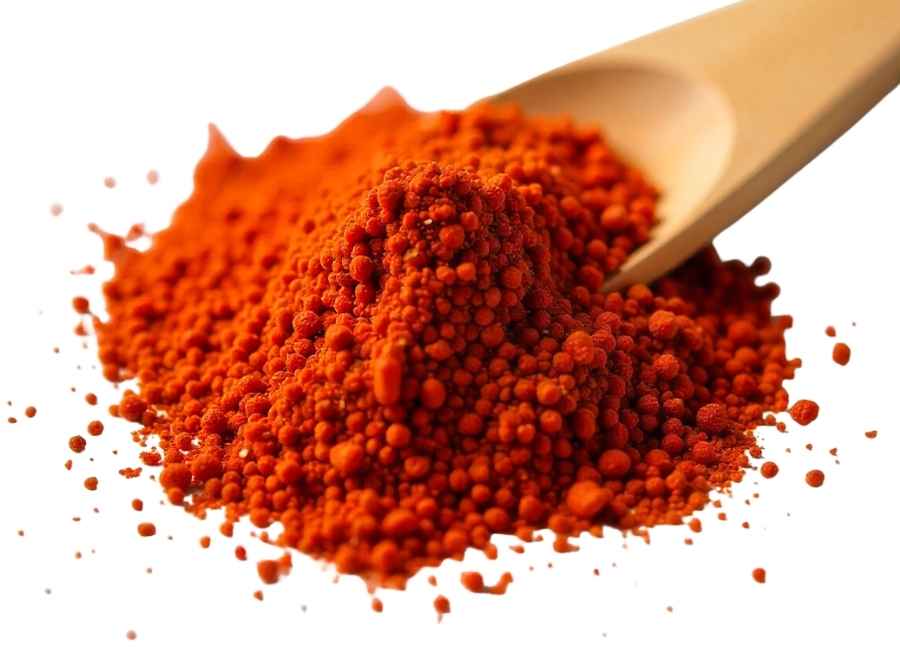
Crushed red pepper, often referred to as red pepper flakes, is typically a blend of various dried chili peppers. This mixture commonly includes cayenne peppers, jalapeños, Fresno peppers, and Anaheim peppers, though the exact combination varies by manufacturer.
The blend approach serves a specific purpose: it creates a balanced heat that’s neither too mild nor overwhelmingly spicy for the average palate. Most commercial crushed red pepper falls between 15,000 and 35,000 Scoville Heat Units, making it noticeably hotter than many single-variety chili flakes.
You’ll find crushed red pepper in almost every pizzeria, Italian restaurant, and home spice rack across America. Its ubiquity stems from its versatility—it adds a reliable kick of heat without dominating other flavors in the dish.
The texture of crushed red pepper is generally finer and more uniform than specialty chili flakes. You’ll notice a mix of pepper pieces, seeds, and sometimes even small amounts of pepper powder, which helps distribute heat evenly throughout your food.
Key Differences Between Chili Flakes and Crushed Red Pepper
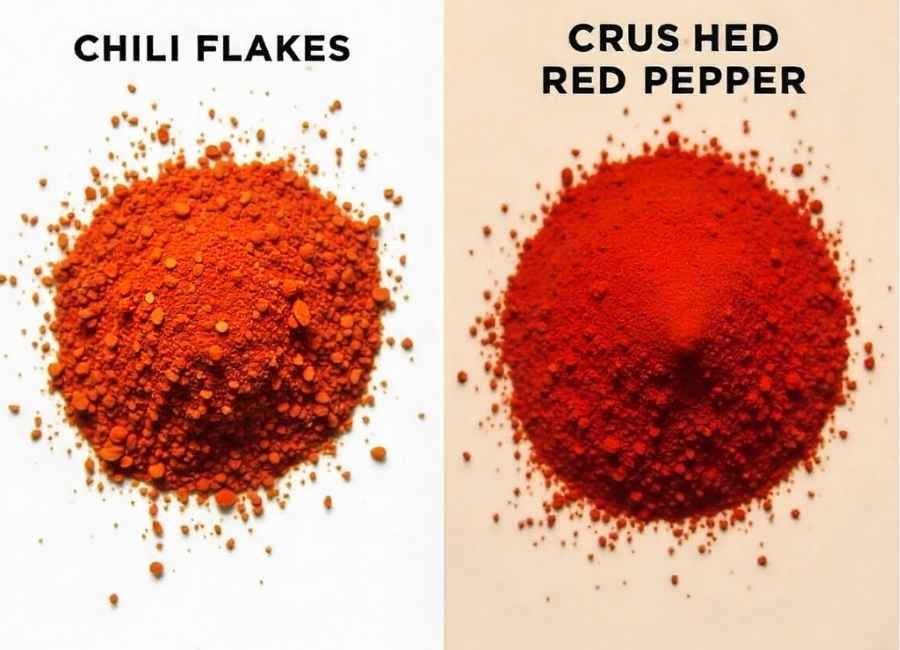
Heat Level and Intensity
The heat difference between these seasonings can catch you off guard if you’re not prepared. Crushed red pepper typically packs more punch, thanks to its cayenne pepper content and the inclusion of seeds, which concentrate capsaicin.
Chili flakes offer a wider variety of heat levels. Mild varieties, such as Aleppo or Urfa biber, provide warmth without overwhelming spice, while others, like Thai chili flakes, can be significantly hotter than standard crushed red pepper.
Flavor Complexity
Single-variety chili flakes deliver distinct flavor notes that reflect their origin. Gochugaru brings a sweet and smoky flavor, while Calabrian peppers offer fruity undertones. These specific flavors can elevate dishes in ways that generic crushed red pepper cannot.
Crushed red pepper provides a more straightforward heat experience. While it may lack the nuanced flavors of specialty chili flakes, its neutral spiciness makes it incredibly versatile across different cuisines and cooking styles.
Texture and Appearance
Chili flakes typically show more variation in size and color, reflecting the characteristics of their source pepper. You might notice darker, more irregular pieces with visible skin patterns.
Crushed red pepper maintains a more consistent appearance, featuring bright red flakes with a relatively uniform size distribution. This consistency makes it ideal for commercial food preparation and manufacturing.
Best Uses for Each Type
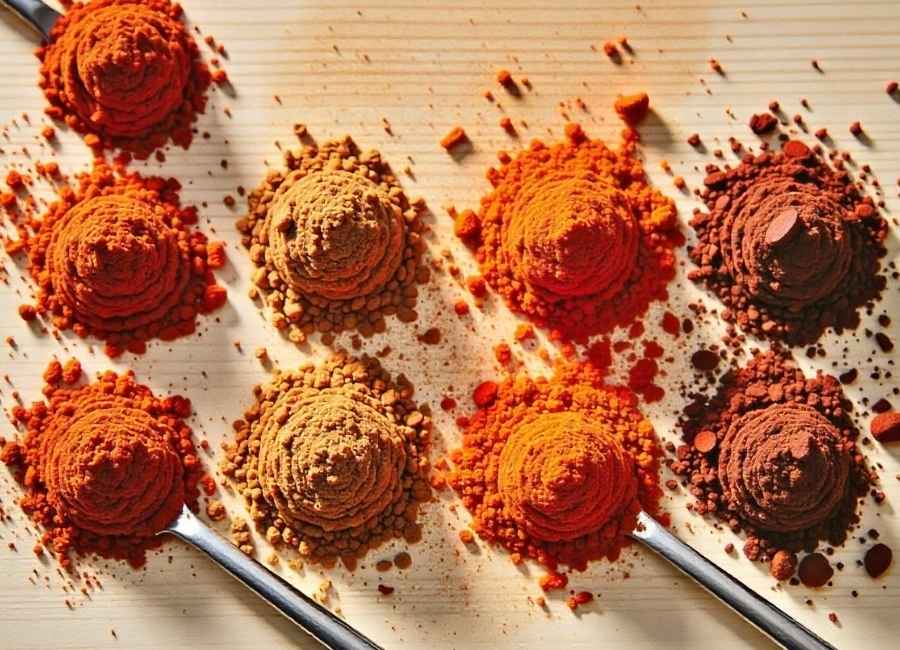
When to Choose Chili Flakes
Specialty chili flakes shine in dishes where their unique characteristics can be appreciated:
- Middle Eastern cuisine: Aleppo pepper flakes complement lamb, roasted vegetables, and grain salads
- Korean dishes: Gochugaru is essential for kimchi, bibimbap, and Korean barbecue marinades
- Mediterranean cooking: Calabrian chili flakes enhance pasta sauces, pizza toppings, and grilled seafood
- Mexican cuisine: Chipotle flakes add smoky depth to beans, meats, and salsas
The key is matching the pepper’s flavor profile to your dish’s overall taste direction.
When to Choose Crushed Red Pepper
Standard crushed red pepper works best when you need reliable heat without competing flavors:
- Pizza and Italian-American dishes: The classic choice for sprinkling on pizza, pasta, and garlic bread
- General cooking: Adding heat to soups, stews, and stir-fries without altering the intended flavor profile
- Table condiment: Perfect for diners who want to adjust heat levels to personal preference
- Commercial cooking: Consistent results across large batches of food
Storage and Shelf Life
Both chili flakes and crushed red pepper maintain their potency longer when stored properly. Please keep them in airtight containers away from light, heat, and moisture. A superb, dark pantry location works perfectly.
Fresh spices deliver the best flavor and heat, so replace your supply every 12 to 18 months for optimal results. You’ll know it’s time for new spices when the color fades or the aroma becomes weak.
Consider buying smaller quantities of specialty chili flakes since they tend to be more expensive and may not be used as frequently as crushed red pepper.
Making the Right Choice for Your Kitchen
Your decision between chili flakes and crushed red pepper ultimately depends on your cooking style and flavor preferences. Home cooks who enjoy experimenting with regional cuisines benefit from having several varieties of chili flakes on hand. Each type opens doors to authentic flavors that can’t be replicated with generic alternatives.
For everyday cooking and reliable heat, crushed red pepper remains an excellent choice. Its consistency and versatility make it perfect for busy kitchens where predictable results are most important.
Many experienced cooks keep both options available, using specialty chili flakes for specific recipes and crushed red pepper for general seasoning needs. This approach gives you maximum flexibility while ensuring you always have the right tool for the job.
Spice Up Your Cooking Game
Understanding the difference between chili flakes and crushed red pepper enables you to make more informed seasoning choices in the kitchen. Whether you’re reaching for the complex smokiness of chipotle flakes or the reliable heat of crushed red pepper, you now have the knowledge to use each one effectively.
Start by experimenting with one or two specialty chili flakes alongside your regular crushed red pepper. Try Aleppo pepper flakes on roasted vegetables or gochugaru in your next stir-fry. Pay attention to how different varieties change the character of familiar dishes.
Your taste buds—and dinner guests—will appreciate the elevated flavors that come from choosing the right spice for each culinary moment.












